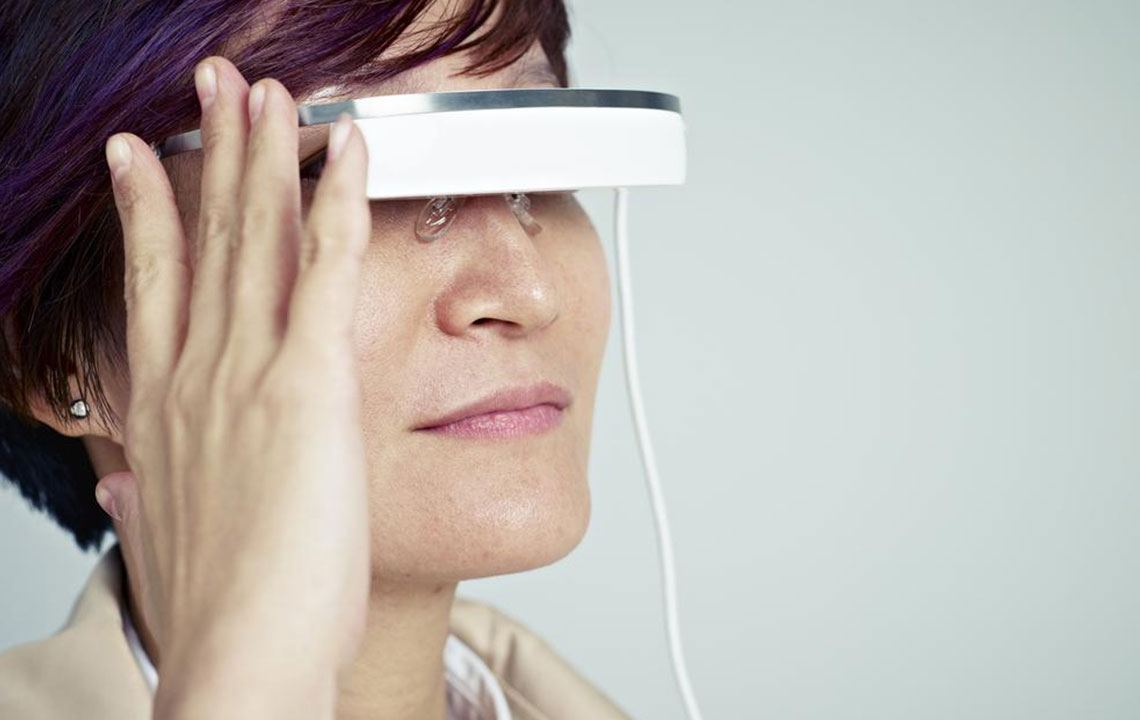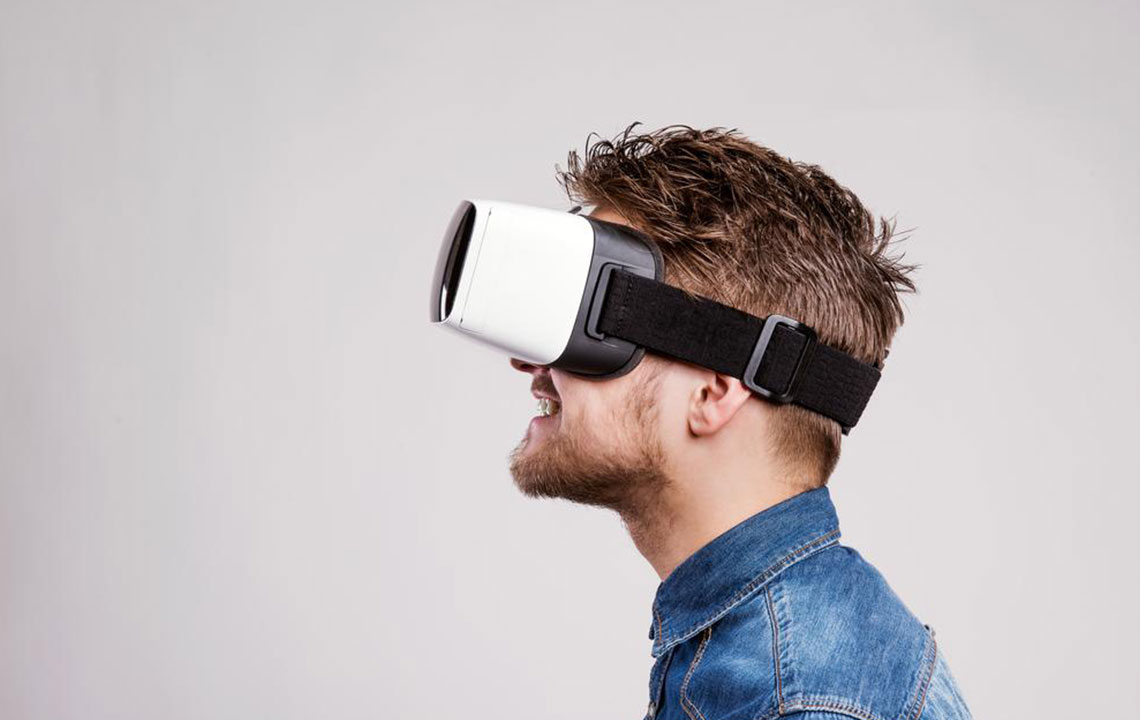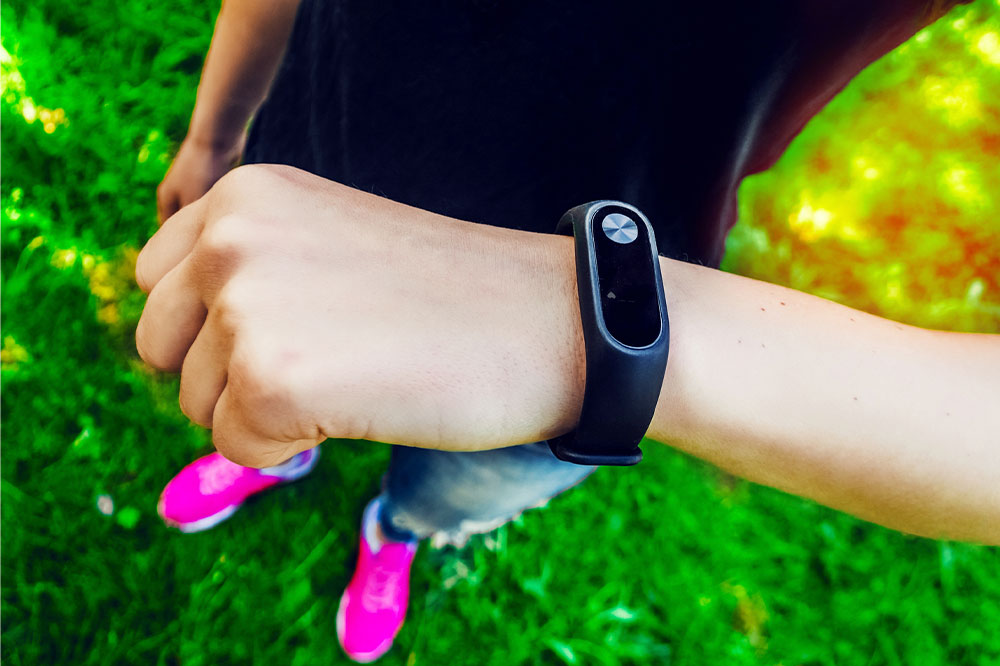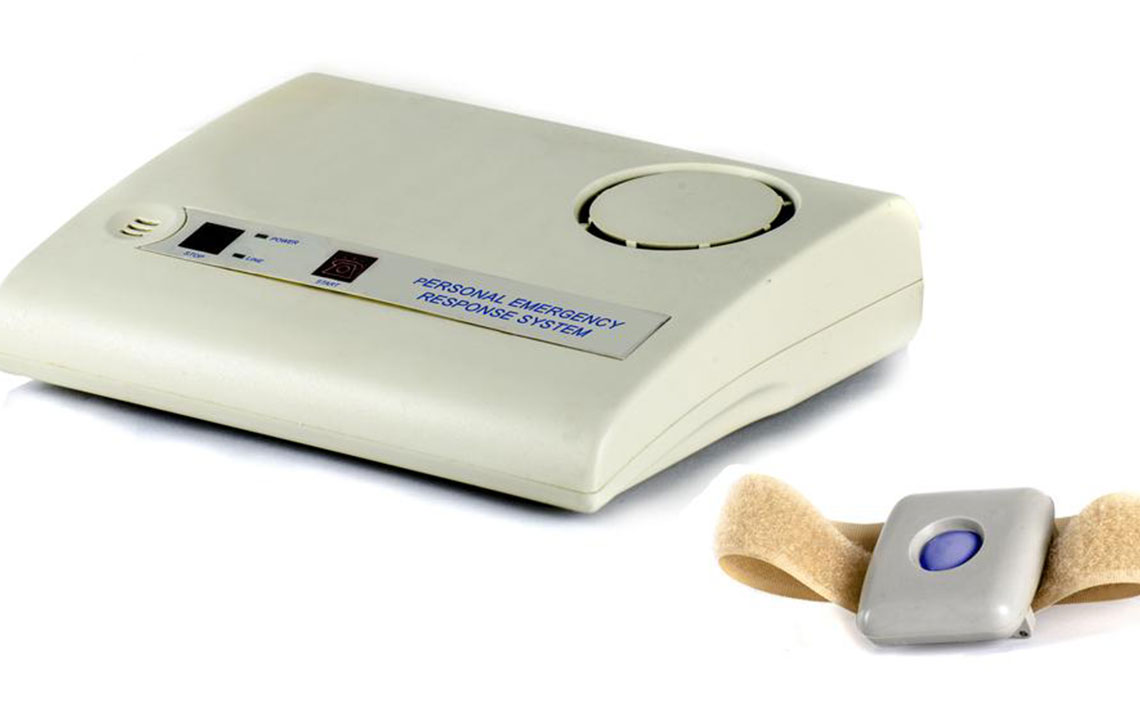Emerging Trends in Wearable Technology for 2024: Innovation, Sustainability, and Market Expansion
The article explores the latest trends and innovations in wearable technology for 2024, highlighting key milestones like Google Glass and Pebble. It discusses advancements in optical displays, sensors, and eco-friendly tech, as well as market growth driven by startups and established companies. Focused on sustainability, user comfort, and AI-powered health solutions, the piece offers insights into the future of wearables, including smart clothing and augmented reality devices, shaping a highly connected and personalized digital future.

Innovative Developments in Wearable Technology for 2024
Over the past decade, wearable technology has experienced remarkable growth, transforming from niche gadgets into essential devices integrated into daily life. As we look ahead to 2024, various cutting-edge trends are shaping the future of wearable tech, emphasizing not only advanced functionality but also sustainability, user comfort, and broader market accessibility. This comprehensive overview explores key milestones, ongoing innovations, and future prospects within the wearable technology industry, highlighting the role of major tech companies and new startups in driving this dynamic field.
The history of wearable devices dates back to pioneering innovations like Google Glass, introduced in 2012. During the Google I/O conference, early adopters known as "Glass Explorers" were given the opportunity to test and review prototype versions of Google’s heads-up display glasses before their official launch. This initiative marked a significant milestone by engaging users directly in the development process and setting the stage for future advancements. Google Glass was designed as a wearable display that resembled eyeglasses, providing users with real-time notifications, textual information, and multimedia content. Equipped with a 5-megapixel camera capable of recording 720p videos, Google Glass aimed to enhance productivity, navigation, and social interaction through augmented reality features controlled via voice commands like "OK Glass." The device also launched with dedicated apps, such as My Glass, which facilitated third-party development, fostering a burgeoning ecosystem of innovative applications.
Despite its groundbreaking nature, Google Glass faced challenges, leading to the cessation of its beta "Explorer Edition" sales by early 2015. The high price tag of $1,500 and design concerns limited mass-market adoption. Nevertheless, the core technologies, particularly optical display and sensor miniaturization, have continued to evolve and influence broader wearable applications. The development of fitness trackers, smartwatches, and health monitoring devices has surged, driven by advancements in MEMS sensors that enable more accurate and affordable measurements of health metrics such as heart rate, steps, sleep quality, and more.
In terms of industry growth, forecasts from 2012 predicted that smartwatch sales would reach approximately 1.2 million units by 2013, reflecting the expanding smartphone user base worldwide. This growth was fueled by technological advancements, manufacturing efficiencies, and competitive pricing strategies. The integration of eco-friendly Bluetooth 4.0 technology—allowing for low-power connections and seamless data transfer—further accelerated device adoption. Crowdfunding campaigns played a pivotal role in propelling innovative startups; for example, Pebble Technology launched a Kickstarter campaign in 2013, raising over $10 million. This strategic movement enabled Pebble to produce its first line of smartwatches, surpassing a million units sold worldwide by the end of 2014. The subsequent success of Pebble Time, which shipped in 2015 after securing an additional $20 million in funding, demonstrated the growing appetite for versatile, affordable, and stylish wearable gadgets.
Beyond individual devices, the wearable tech ecosystem is now characterized by a focus on sustainability, user experience, and integrated health solutions. Battery technology improvements, lightweight design materials, and culturally inclusive features are making wearables more accessible and comfortable for a diverse user base. Moreover, advancements like biometric sensors, AI-powered health analytics, and customizable interfaces empower users to take greater control over their wellness and daily productivity. The industry is also witnessing a rise in smart clothing, augmented reality glasses, and hybrid wearables that combine multiple functionalities into single devices—further blurring the lines between fashion, health, and technology. As the market matures, collaborations between technology giants and innovative startups are expected to drive the next wave of wearable breakthroughs, shaping a future where wearable devices become an indispensable part of everyday life, with enhanced focus on sustainability and personalized experiences.





